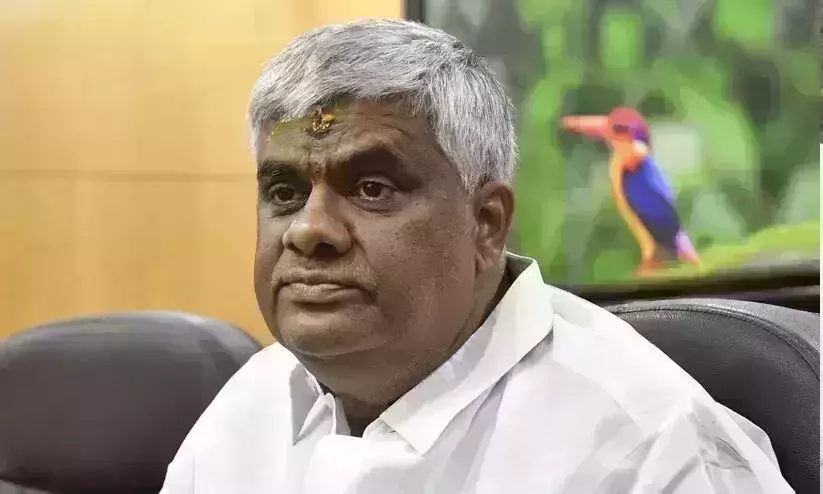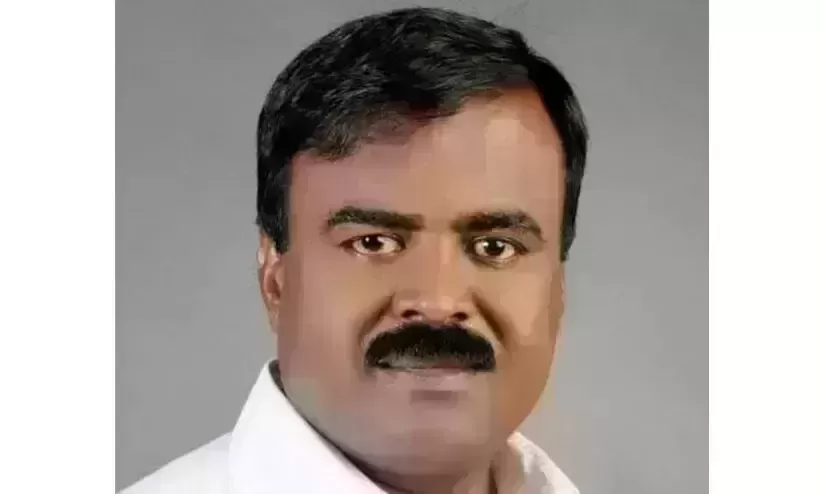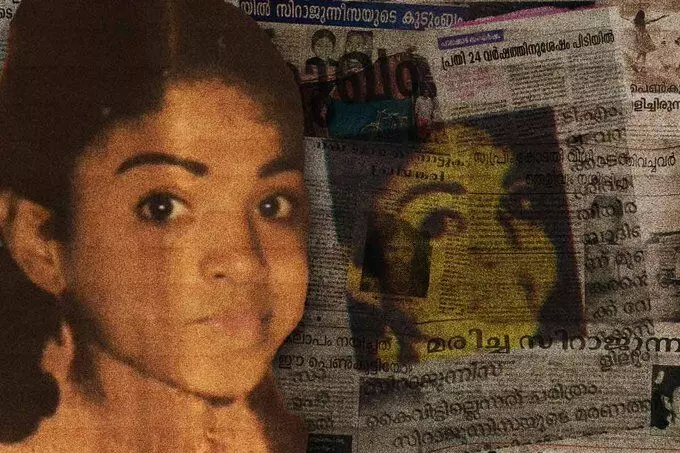
Sirajunnisa to be remembered as long as the Ram Temple stands
text_fieldsAs the consecration of the Ram Temple is being celebrated across the country, there are tales in Kerala that could be termed the beginning of hate in the name of the Babri Masjid-Ram Mandir issue, initiated by the Sangh Parivar.
The death of an 11-year-old named Sirajunnisa and the call for Muslim blood by the then Deputy Inspector General (DIG) of Kerala Raman Srivastava could not escape the social conscience of the state. It will be counted as one of the many instances where Muslims died at the hands of right-wing groups during the campaign for the Ram temple.
On December 15, 1991, in the neighbourhood of Pudupalli Theruvu, an unsuspecting 11-year-old named Sirajunnisa met a grim fate at the hands of the Kerala Police, sparking a series of events that would expose the underbelly of communal tensions in the region.
The backdrop to Sirajunnisa's demise was the fervour surrounding the Ram Janmabhoomi movement, with the BJP political campaign reaching a fever pitch. The aftermath of BJP leader LK Advani's infamous Ram Rath Yatra and Murli Manohar Joshi's Ekta Yatra had created a charged atmosphere. As an upayatra from Kerala joined the political wave, tensions escalated, leading to a series of unfortunate incidents in Palakkad district.
Sulaiman, an autorickshaw driver at the time, returned home early on December 15 after hearing about commotion in the nearby Mepparambu region. The preceding days had seen clashes between BJP workers and the police, with allegations of attacks on Muslim shops and houses. The atmosphere was charged, and the police were on high alert.
In the fateful days preceding December 15, there had been clashes between BJP workers and the police, with allegations of attacks on Muslim shops and houses in the nearby Mepparambu region.
As the events unfolded that fateful day, the police, led by Shoranur Assistant Superintendent of Police (ASP) B Sandhya, confronted a crowd in Pudupalli Theruvu. The police claimed they were responding to an attempt to block traffic, but the situation escalated when an elderly shopkeeper was detained. The crowd's discontent grew, resulting in a lathi charge by the police.
In the midst of this chaos, a bullet claimed the life of 11-year-old Sirajunnisa. Witnesses later revealed the alleged command from Deputy Inspector General (DIG) Raman Srivastava, who purportedly called for "dead bodies of Muslim ba*****s." The events that followed painted a grim picture of deliberate efforts to shift blame onto the innocent victim.
The aftermath of Sirajunnisa's death was marked by a shocking First Information Report (FIR) filed by the Palakkad South police. The FIR claimed that she was leading a mob of 300 people to attack a nearby Brahmin settlement, positioning her as the first accused in the case.
The family's quest for justice was met with empty promises from politicians, and the criminal case against Sirajunnisa became a barrier for her family to receive even the insurance amount meant for schoolchildren who died in accidents.
Years later, attempts to seek justice were met with bureaucratic indifference, with the Left Democratic Front (LDF) government failing to address the concerns. The eventual reinvestigation, prompted by a Supreme Court directive, did little to alleviate the family's grief. The Yohannan Commission, appointed to investigate the incident, aligned itself with the police version, further deepening suspicions of a cover-up.
Sirajunnisa's family faced a long and arduous journey to receive even the insurance amount, while Raman Srivastava, implicated in the alleged call for "dead bodies," went on to be promoted within the police hierarchy.
On the 32nd death anniversary of Sirajunnisa in December 2023, a bylane in Pudupalli Theruvu was renamed 'Sirajunnisa Road' by the local councillor, Sulaiman Palakkad. This symbolic gesture serves as a reminder of the injustice suffered by an 11-year-old girl and her family, revealing the darker undercurrents of the Sangh Parivar's pursuit of power in the region.
As the road stands as a silent testimony to the tragedy that unfolded three decades ago, the scars of communal discord in Palakkad serve as a stark reminder of the importance of remembering, not forgetting, the victims of such unfortunate events.
Sirajunnisa's story remains etched in the collective memory, a testament to the enduring quest for justice and an end to the culture of impunity that can allow such tragedies to occur.
























